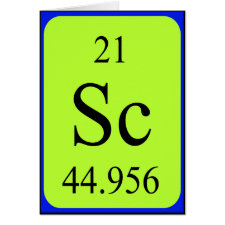
Authors: Prasad BB, Singh R, Singh K
Article Title: Development of highly electrocatalytic and electroconducting imprinted film using Ni nanomer for ultra-trace detection of thiamine.
Publication date: 2017
Journal: Sensors and Actuators B: Chemical
Volume: 246
Page numbers: 38-45.
DOI: 10.1016/j.snb.2017.02.033
Alternative URL: http://www.sciencedirect.com/science/article/pii/S0925400517302538
Abstract: The present work describes a new molecularly imprinted polymer-based electrochemical sensor for thiamine (vitamin B1), which has been fabricated exploiting both surface imprinting and nanotechnology. Of two monomers used in this work, N-methacryloylglutamic acid served as a biocompatible and bio-adhesive material, whereas the assistant monomer, acryloylated nickel nanoparticles-functionalized multiwalled carbon nanotubes (Ni nanomer) induced large electro-catalytic and conducting activities to the molecularly imprinted polymer film. The polymer synthesis was carried out, following the 'surface grafting from' protocol, with the free radical polymerization directly on the surface of Ni nanomer modified pencil graphite electrode. The presence of functionalized-MWCNTs in the polymer film was inevitable to render stability to the coating via aromatic π - π interactions at the film-nanomer modified electrode interface. Thiamine, being electrochemically inactive, was estimated indirectly by a probe, hexamine ruthenium (II) chloride, with signal transduction via differential pulse anodic stripping voltammetric technique. The limits of detection were in the range 0.17-0.2 ng mL-1 (S/N = 3) in aqueous, multi-vitamin tablet, urine, and human blood serum, without any cross-reactivity and false-positives. The proposed sensor assures a reliable estimation of thiamine in the patients suffering from its acute deficiency
Template and target information: thiamine, vitamin B1
Author keywords: Molecularly imprinted polymers, electrochemical sensors, Thiamine, Nickel nanomer, Ruthenium probe, Differential pulse anodic stripping voltammetry



Join the Society for Molecular Imprinting

New items RSS feed
Sign-up for e-mail updates:
Choose between receiving an occasional newsletter or more frequent e-mail alerts.
Click here to go to the sign-up page.
Is your name elemental or peptidic? Enter your name and find out by clicking either of the buttons below!
Other products you may like:
 MIPdatabase
MIPdatabase









